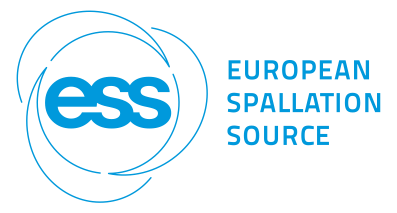Description
Emma Sparr, Physical chemistry, Lund University, Sweden
Amyloid aggregates in the brain are found in neurodegenerative diseases such as Parkinson’s (PD) and Alzheimer’s diseases (AD). The underlying molecular mechanisms for the development of these diseases are not known, although the involved biomolecules have been uncovered. Major unanswered questions in the field of amyloid and amyloid diseases concern the mechanism of amyloid aggregation and the origin of the catalytic effect leading to spreading of amyloid aggregation between cells. In this project, we focus on protein-lipid co-aggregation in relation to these questions. The long-term goal is to understand the specificity and role of lipid-protein co-assembly in the structure and function/dysfunction of amyloid aggregates.
Amyloid deposits from several human diseases have been found to contain membrane lipids. Co-aggregation of lipids and proteins in amyloid aggregates, and the related extraction of lipids from cellular membranes, can influence structure and function in both the membrane and the formed amyloid deposit. We have studied lipid-protein co-aggregation in model systems including -synuclein, which is associated with Parkinson's disease, and model lipid membranes with different lipid composition. The amyloid protein was allowed to aggregate in solutions with unilamellar vesicles, and the formed aggregates were then characterized. We find spontaneous uptake of phospholipids into the amyloid fibrils. The co-aggregation of phospholipids and -synuclein occurs in a saturable manner with a strong dependence on lipid composition. The co-assembly process is investigated using a range of complementary experimental methods, including NMR, SANS, confocal microscopy, cryo-TEM, neutron reflectometry and QCM.

References.
1. E. Hellstrand, A. Nowacka, D. Topgaard, S. Linse, E. Sparr. Membrane lipid co-aggregation with -synuclein fibrils PLoS ONE (2013) e77235
2. M. Grey, C. Dunning, R. Gaspar, C. Grey, P. Brundin, E. Sparr, S. Linse
Acceleration of a-synuclein aggregation by exosomes. J Biol Chem (2015) In press
3. C. Galvagnion , J. Brown, M. Ouberai, P. Flagmeier, M. Vendruscolo, A.K. Buell, E. Sparr, C.M. Dobson. The chemical properties of lipids strongly affect the kinetics of the membrane-induced aggregation of -synuclein. Proc Natl Acad Sci USA (2016) 113, 7065
4. E. Hellstrand, M. Grey, M.L. Ainalem, J. Ankner, T. Forsyth, G. Fragneto, M Haertlein, M.T. Dauvergne, H. Nilsson, P. Brundin, S. Linse, T. Nylander, E. Sparr. Adsorption of -synuclein to supported lipid bilayers –positioning and role of electrostatics. ACS Chem Neurosci (2013) 4, 1339–1351
[1]: https://indico.esss.lu.se/event/756/picture/15.jpg
Author
Prof.
Emma Sparr
(Physical Chemistry, Lund University)

